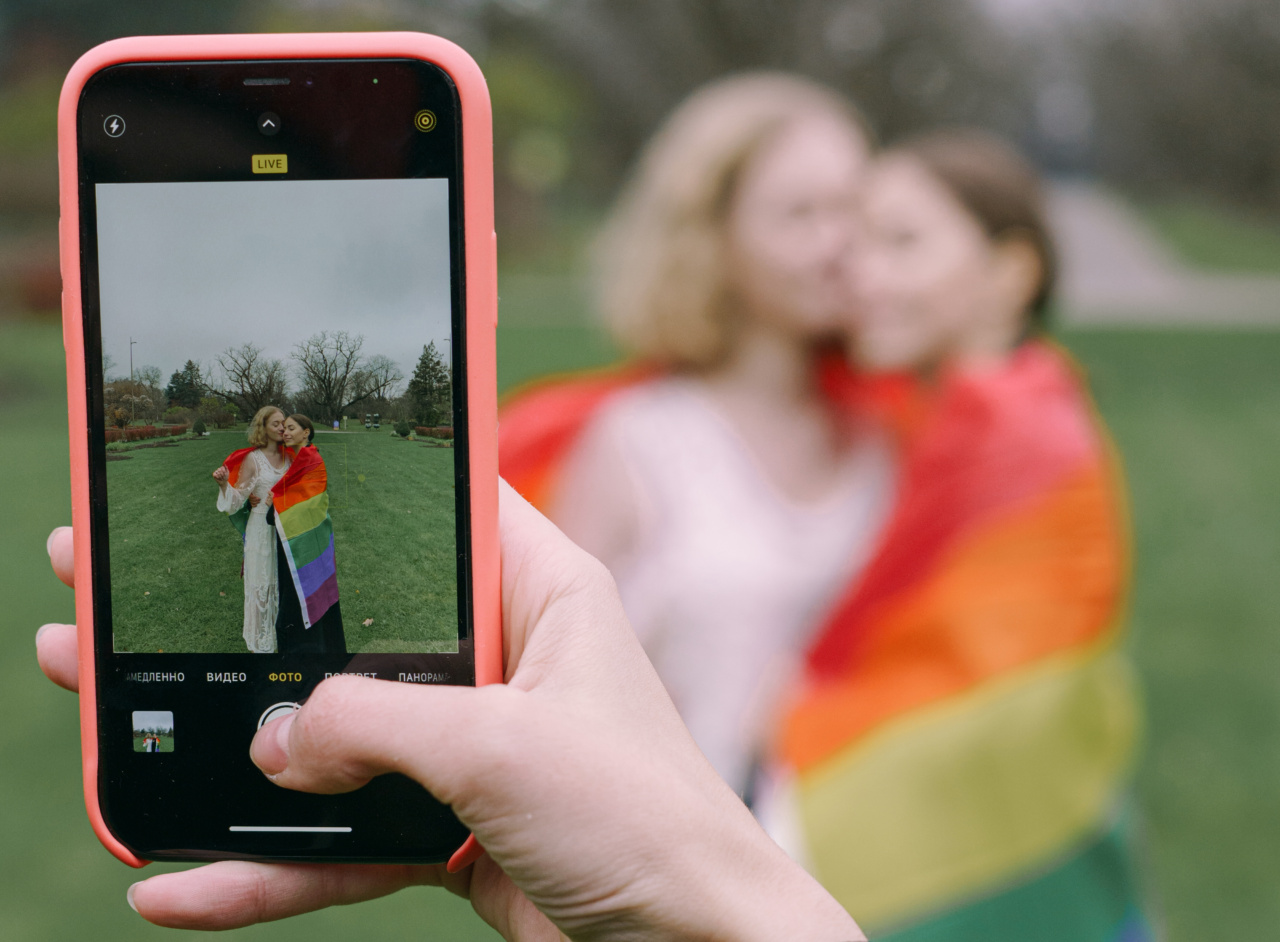Female sexuality is a complex and multifaceted aspect of a woman’s identity. It encompasses desires, behaviors, and attitudes related to sexual intimacy, pleasure, and reproduction.
For centuries, the topic of female sexuality has been shrouded in mystery, stigma, and misinformation. However, in recent years, there has been a significant shift towards embracing female sexuality as a means of empowerment and self-expression.
The Historical Context
In order to understand the current state of female sexuality, it is essential to recognize the historical context in which it has evolved.
Throughout history, women’s sexuality has been heavily regulated and controlled by social, cultural, and religious norms. Female chastity, purity, and modesty were highly valued traits, while any expression of sexual desire or agency outside of marriage was strictly forbidden.
The Feminist Movement and Sexual Revolution
The feminist movement of the 1960s and 1970s played a significant role in challenging and transforming societal perceptions of female sexuality.
Feminists advocated for sexual liberation and reproductive rights, demanding autonomy over their bodies, desires, and reproductive choices. This movement paved the way for the sexual revolution, which aimed to liberate individuals from oppressive sexual norms and foster a more open and inclusive dialogue around sexuality.
Breaking the Taboos
Breaking the taboos surrounding female sexuality is a crucial step towards embracing freedom and empowerment.
It involves challenging deeply ingrained societal beliefs, norms, and stereotypes that have hindered women’s sexual expression and pleasure. By openly discussing and normalizing female desire, pleasure, and consent, we can create a supportive environment where women are encouraged to explore and embrace their own unique sexual identities.
Sex Education and Empowerment
Comprehensive sex education is an essential tool for empowering women and promoting healthy attitudes towards sexuality.
By providing accurate information about anatomy, contraception, consent, and pleasure, sex education equips women with the knowledge and skills to make informed decisions about their bodies and relationships. It also helps dispel myths and misconceptions surrounding female sexuality, allowing individuals to embrace their desires and preferences without shame or guilt.
Female Pleasure and Orgasm Gap
One significant aspect of female sexuality that has received growing attention is the orgasm gap. Studies have consistently shown that there is a disparity between men and women in terms of orgasm frequency during sexual encounters.
This gap can be attributed to various factors, including societal expectations, lack of knowledge about the female anatomy, and limited emphasis on female pleasure. By addressing and closing the orgasm gap, women can reclaim their sexual agency and experience enhanced satisfaction and fulfillment.
Exploring Desire and Fantasy
Embracing freedom and empowerment in female sexuality involves acknowledging and validating the diverse desires and fantasies that women may have.
Just as men have been encouraged to explore their sexual fantasies, women should also be able to embrace and express their desires without judgment. Recognizing that desire is complex and personal allows women to communicate their needs and preferences to their partners, resulting in more fulfilling and intimate sexual experiences.
Consent and Boundaries
Consent is a fundamental aspect of female sexuality. Embracing freedom and empowerment means ensuring that women have agency over their bodies and can confidently establish and communicate their boundaries.
Respecting and practicing enthusiastic consent not only fosters a culture of safety and respect but also allows women to participate in sexual activities that align with their desires and comfort levels.
The Role of Communication
Open and honest communication is key in embracing freedom and empowerment in female sexuality.
By fostering a culture that encourages discussions about desires, boundaries, and preferences, women can feel more comfortable expressing their needs and seeking sexual satisfaction. Effective communication also promotes consent, trust, and emotional intimacy, further enhancing the overall sexual experience.
Body Positivity and Sexual Satisfaction
Embracing freedom and empowerment in female sexuality requires a shift towards body positivity and self-acceptance.
Society’s narrow standards of beauty have long impacted women’s body image and self-esteem, often leading to sexual insecurities and dissatisfaction. By promoting body positivity and celebrating diverse bodies, women can cultivate a positive relationship with their own bodies, which, in turn, enhances sexual satisfaction and overall well-being.
Embracing Solo Sexuality
Solo sexuality, or masturbation, is an essential aspect of embracing freedom and empowerment in female sexuality. For far too long, female masturbation has been stigmatized or ignored altogether.
However, self-pleasure allows women to explore their bodies, learn about their desires, and experience sexual pleasure on their own terms. By destigmatizing and celebrating solo sexuality, women can cultivate a healthy and empowered relationship with their own bodies and desires.
Conclusion
Embracing freedom and empowerment in female sexuality is an ongoing journey that requires challenging societal norms, promoting comprehensive sex education, fostering open communication, and celebrating diverse expressions of desire and pleasure.
By prioritizing women’s sexual autonomy, agency, and well-being, we can create a world where female sexuality is not only accepted but celebrated for its inherent beauty and power.































